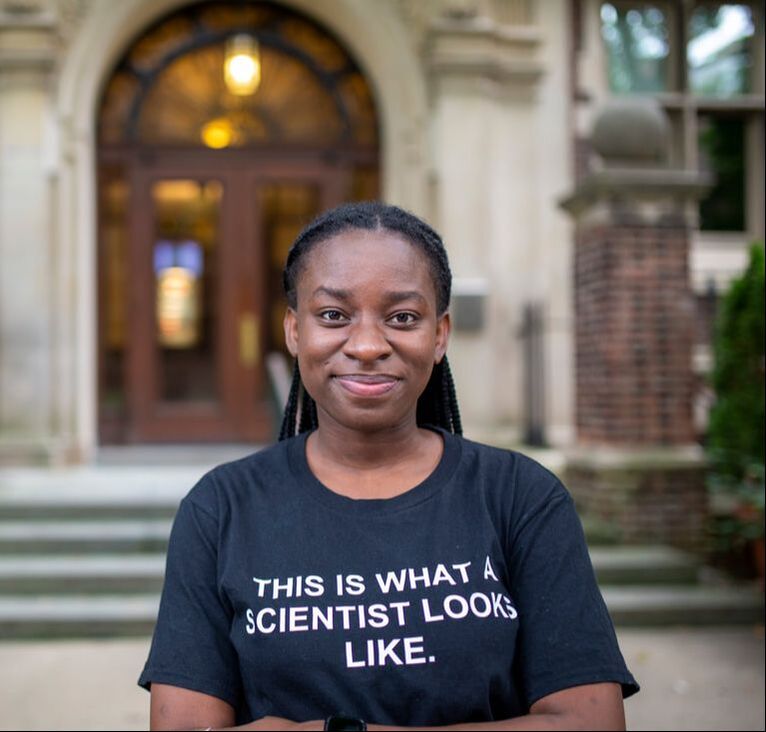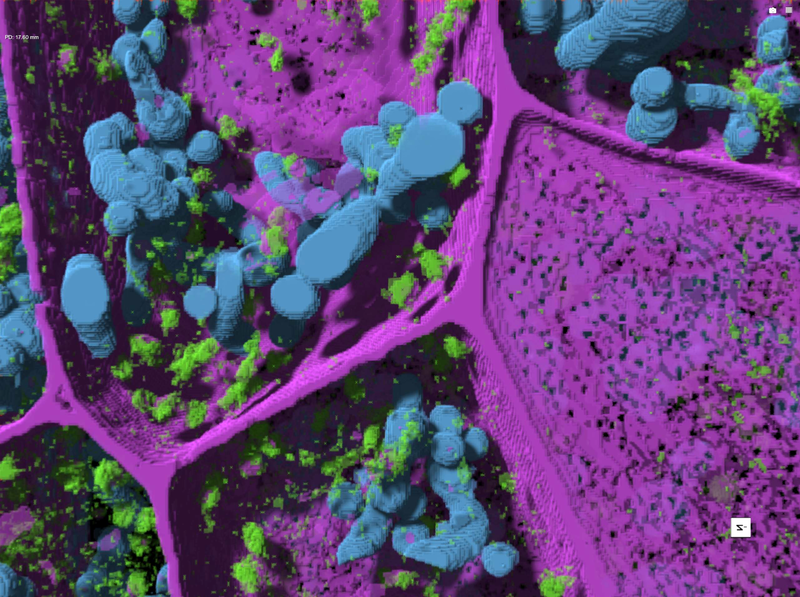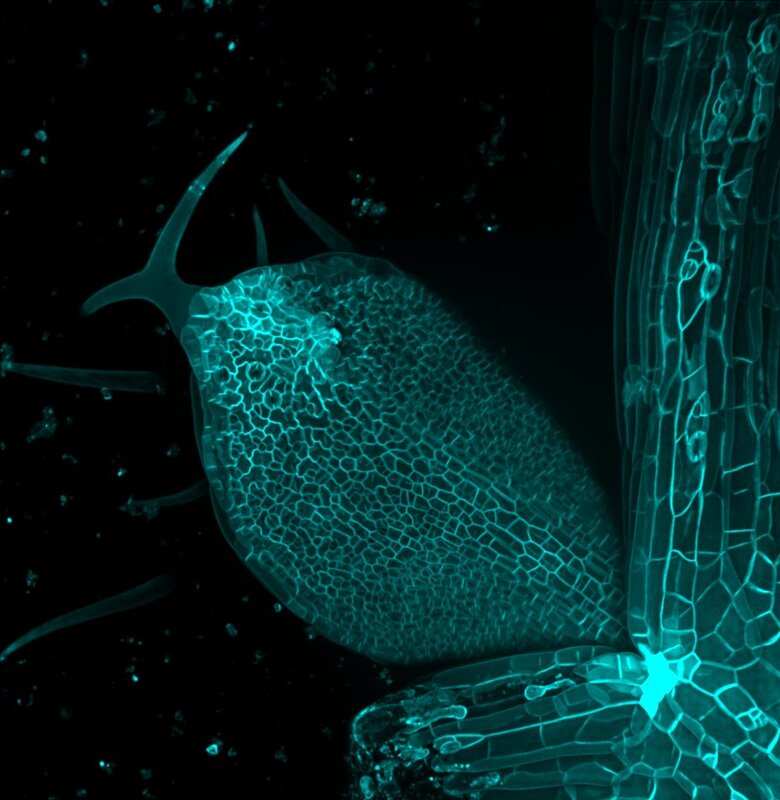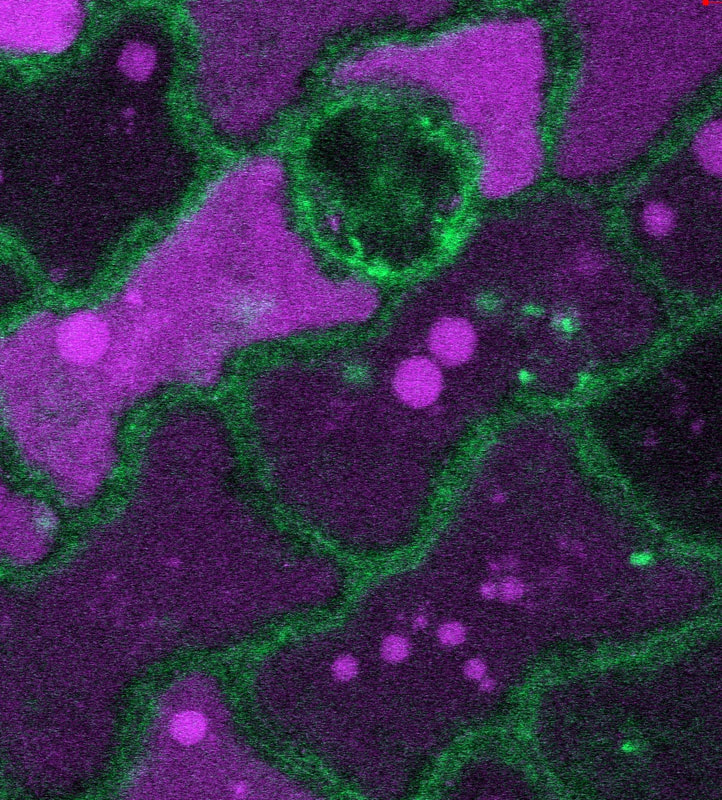2023 PCA Travel Award Recipient
|
Oluwatoyosi Adaramodu
Oluwatoyosi Adaramodu, also known as Lisa, is a first-year PhD student in Biology at the University of Pennsylvania. She has a strong background in plant science, starting with her Bachelor's degree in Plant Science and Biotechnology at Federal University Oye Ekiti (FUOYE) in Nigeria where she studied sunflower adaptation to the rainforest zone. She then went on to complete a three-year Master's research position at the Institute of Botany, University of Chinese Academy of Sciences (IBCAS), where she studied Genome wide association study (GWAS) on sorghum biomass production under salinity stress. Lisa's current research focuses on understanding the function of bulliform cells in grasses (Setaria viridis and Sorghum bicolor) and how these cells behave under environmental stress. She is using a combination of scanning electron microscopy and LCM-seq laser capture microdissection to study the anatomical morphology, physiology, and gene expression patterns of these cells. Aside from academia, Lisa enjoys dancing, reading, and writing. She is also a STEM outreach advocate and co-founder of Afro in Bio, an organization dedicated to increasing representation and support for black scientists in the field of biology. As a black woman in STEM, she is committed to increasing diversity and inclusion in the field and strives to become a professor of plant biology, mentoring and supporting underrepresented students and promoting equity and access to education and research opportunities. |








